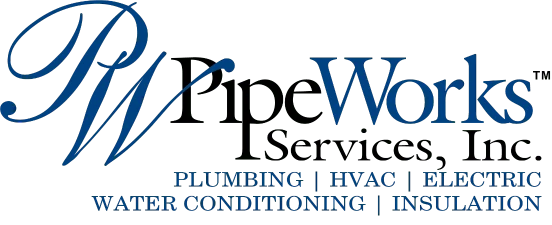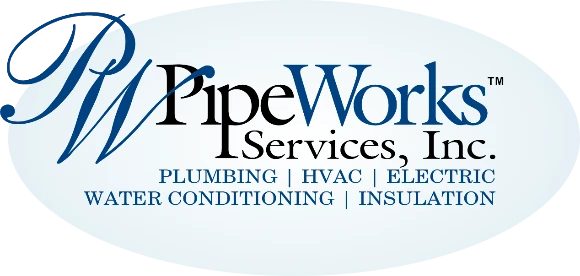The Cellulose Insulation Manufacturers Association states that insulating a 1500 sq. ft house with cellulose will recycle 40-plus years of an individual’s daily newspaper subscription. If we installed cellulose in all new homes, it would remove more than 3.2 million tons of newsprint from landfills and recycling centers every year. Less than 10% of the new homes built today use cellulose. This is a lost opportunity for “green” points, as it requires less energy than manufacturing fiberglass. Cellulose insulation is fire-resistant and safe for your family. There’s been propaganda generated by the fiberglass industry warning that cellulose could burn. Third-party independent testing proves it’s safe and cellulose meets all building codes.
Many industry professionals validate this fact and consider cellulose to be more fire-safe than fiberglass. The cellulose fibers are packed tightly which restricts airflow in the walls, preventing the spread of fire. Fiberglass requires trapped air for effectiveness because cellulose is made from wood fiber and is more resistant to conducting heat.
An oversized unit might seem, more impressive, but it’s higher in price and increases your energy costs. A single-family storage water heater offers a reservoir of 20 to 80 gallons of hot water. The hot water is released from the top of the tank when you turn on the tap. Cold water replaces that hot water, by entering the bottom of the tank until it’s full. Conventional storage water heater fuel sources include natural gas, propane, fuel oil, and electricity. Learn more about fuel types available when selecting a new water heater. Since water is constantly heated in the tank, energy can be wasted even when a hot water tap isn’t running. Some storage water heater models have heavily insulated tanks, which significantly reduces heat losses and lower annual costs.
Before buying a new water heater, consider the following: size and first-hour rating, fuel type and availability, and energy efficiency and costs. After your water heater is properly installed and maintained, try some additional energy-saving strategies to help lower your water heating bills.
Having a plumber clear a toilet-only clog can cost $109-$273 or more. Sometimes the obstruction needs to be extracted with a toilet auger, a short cable-like device inside a long pole, or the toilet needs to be removed and re-installed back with a new wax ring. If you leave your clogged toilet unresolved it could incur additional fees to resolve.
ProWool Rockwool Insulation is 100% inorganic, with no added chemicals and comes pet resistant and fireproof. ProWool Insulation is mildew and mold growth resistant as well as odorless.
ProWool Insulation allows provides homeowners with thermal insulation that comes with noise reduction, durability and convenience that will last for years to come.
.
- Check the thermostat- it could be something with your settings that is off.
- Check your air filter – a dirty air filter will restrict airflow causing your unit to overheat and blow cold air. It could be a pilot light or ignition problem. You may have a flame sensor issue, clogged condensate drain lines, a gas supply issue , duct issue or many other causes could be causing this.
Please contact us to look at your heating system if you are still having an issue so we can properly diagnose and fix this for you.



